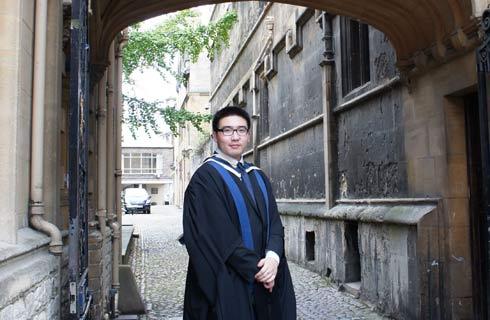美术学士-摄影/数码影像
Bachelor of Fine Arts in Art - Photography and Digital Imaging

学历文凭
Bachelor Degree

专业院系
Department of Art and Art History

开学时间

课程时长

课程学费

国际学生入学条件
Choosing the right program and major for your goals
Obtaining your F-1 student visa
Support for improving your English skills
Transitioning to US campus life
Exploring your career paths and opportunities to grow professionally
Test dates must fall within two years of submitting your application and paying your application fee to be valid.
Our office cannot use expired test scores to evaluate the English proficiency requirement.
TOEFL - 80 or higher, IELTS - 6.5 or higher
IDP—雅思考试联合主办方

雅思考试总分
6.5
- 雅思总分:6.5
- 托福网考总分:80
- 托福笔试总分:160
- 其他语言考试:Duolingo - 105 or higher
CRICOS代码:
申请截止日期: 请与IDP联系 以获取详细信息。
课程简介
The photography emphasis focuses on the interrelation of photography and art, ranging from traditional to digital methods of image making and emphasizes conceptually oriented practices. Students receive technical instruction in black-and-white and silver processes, color photography and digital output, alternative processes, digital image production, and professional studio lighting techniques. The emphasis is committed to a broad definition of the medium and open to a variety of expressive means, including installation, video, and bookmaking.<br><br>The curriculum requires students to use the extensive library collections on campus as well as the Utah Museum of Fine Arts and Utah Museum of Contemporary Art. The combination of traditional and contemporary approaches along with critical ideologies provides a stimulating environment to support the development of visual artists. The photography emphasis is committed to engaging with the discursive history of the medium, as Jae Emerling writes, Throughout its history, photography has been linked to theoretical debates in the fields of philosophy, anthropology, art, and science. These debates tell us about the relation between appearance and truth, about the objectivity versus subjectivity of the photographic image, and most generally about the nature of the photographic medium. Photography requires the ability to think critically about representation. This requirement is not unique to the medium, but it may be that the ubiquity of photographs within the modern world makes it a privileged site for wide-ranging debates about images, modes of address, structures of intention, and the ethics of interpretation.
相关申请
 预科
预科 奖学金
奖学金 实习机会
实习机会 在校学习
在校学习 跨境学习
跨境学习 校园授课-线上开始
校园授课-线上开始 在线/远程学习
在线/远程学习
开学时间&学费
学费信息仅供参考,请与IDP联系以获取详细信息
| 开学时间 | 时长 | 学费 | 地点 |
|---|
学校排名

世界排名201
数据源:
泰晤士高等教育世界大学排名
本校相关课程

Bachelor of Arts in Urban Ecology
学历文凭
Bachelor Degree
开学日期
课程费用总额


Bachelor of Science in Architectural Studies
学历文凭
Bachelor Degree
开学日期
课程费用总额


Bachelor of Science in Design
学历文凭
Bachelor Degree
开学日期
课程费用总额


Bachelor of Science in Urban Ecology
学历文凭
Bachelor Degree
开学日期
课程费用总额


工商管理理学学士
学历文凭
Bachelor Degree
开学日期
课程费用总额


工商管理学士学位
学历文凭
Bachelor Degree
开学日期
课程费用总额

其他相关课程

摄影技术文凭
 北阿尔伯塔理工学院
北阿尔伯塔理工学院学历文凭
Bachelor Degree
开学日期
课程费用总额


安大略大学时尚商务大专文凭
 圣力嘉学院
圣力嘉学院学历文凭
Bachelor Degree
开学日期
课程费用总额


摄影文凭
 德恒学院
德恒学院学历文凭
Bachelor Degree
开学日期
课程费用总额


摄影艺术学士学位
 安大略艺术设计学院
安大略艺术设计学院学历文凭
Bachelor Degree
开学日期
课程费用总额


摄影文凭
 汉博学院
汉博学院学历文凭
Bachelor Degree
开学日期
课程费用总额


美术学士-摄影
 康考迪亚大学
康考迪亚大学学历文凭
Bachelor Degree
开学日期
课程费用总额










 美国
美国
